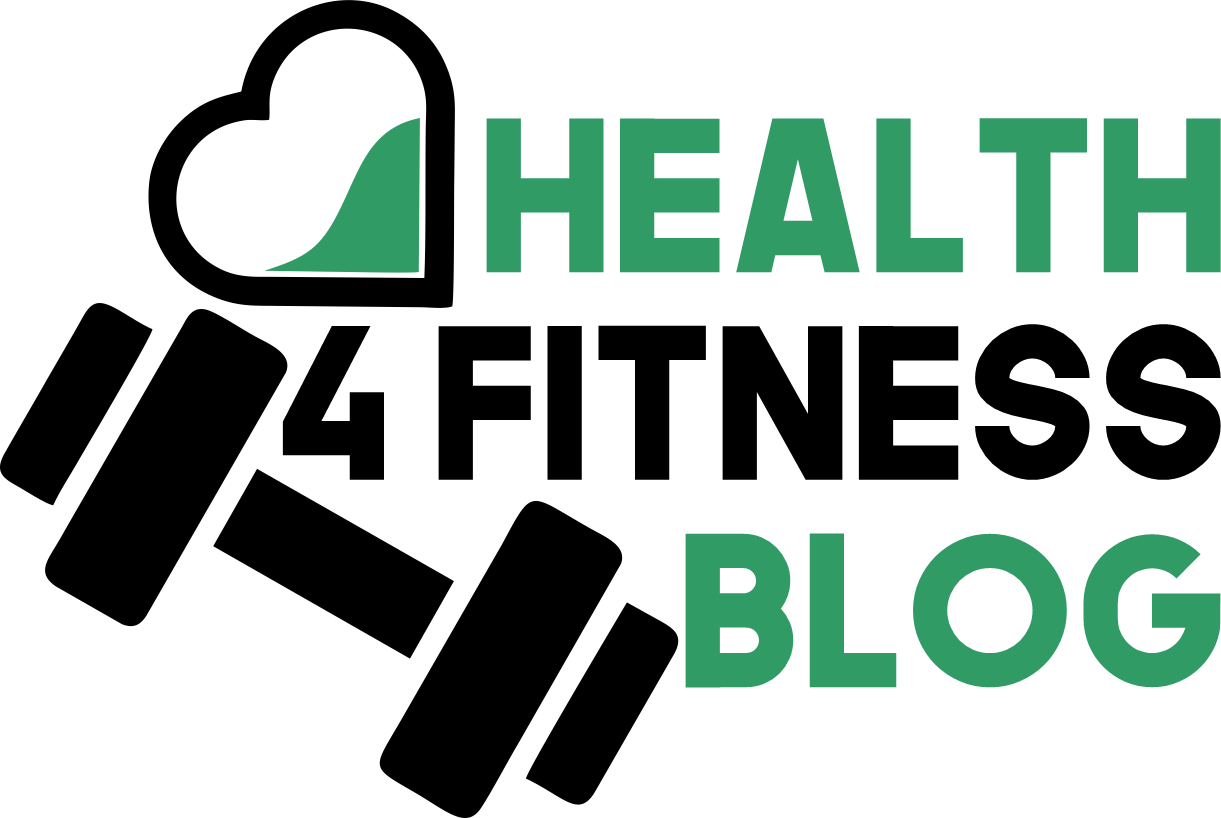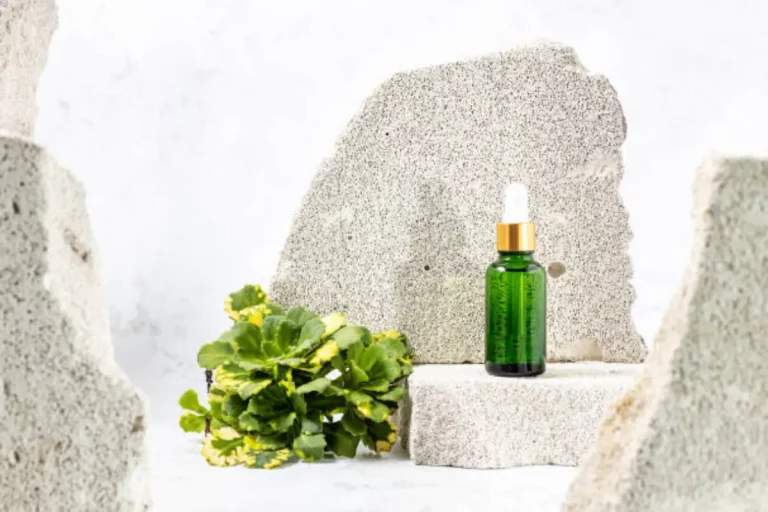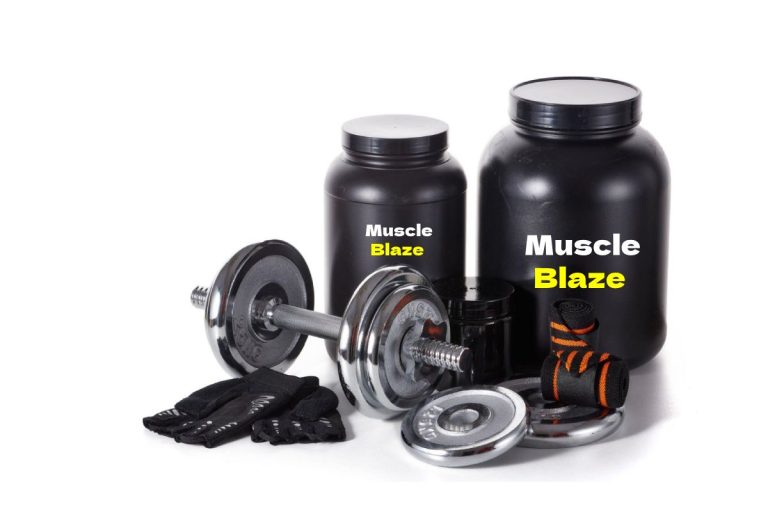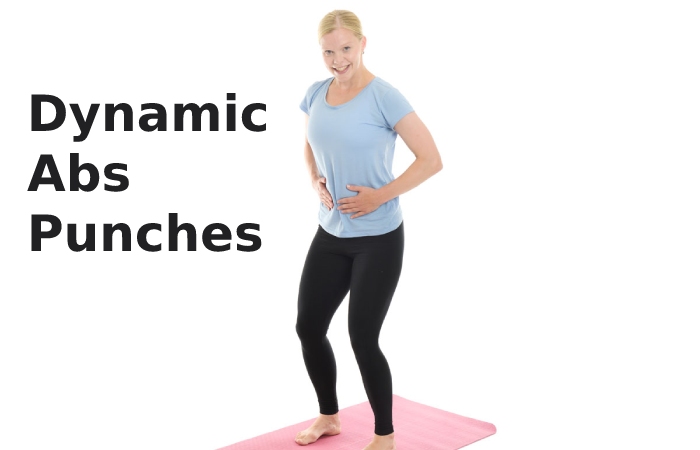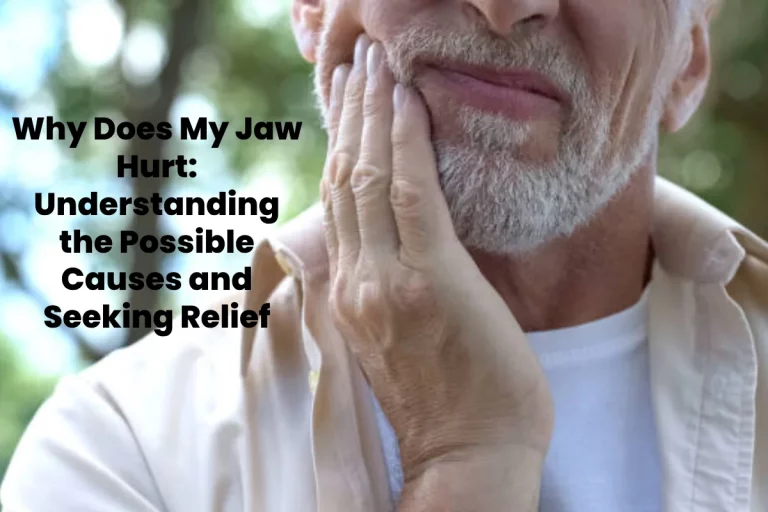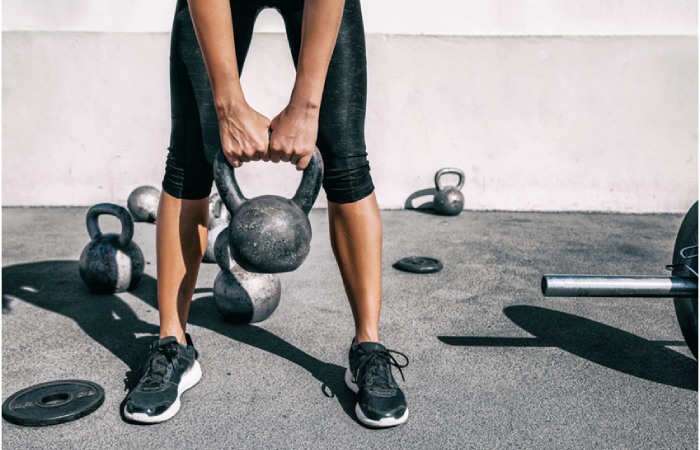In today’s fast-paced world, where wellness has become a paramount focus, the flavor and fragrance industry is transforming remarkably.
As health-conscious lifestyles gain momentum, fuelled by the growing popularity of plant-based diets, infused products, and alternative sweeteners, consumers are increasingly seeking products that nourish their bodies and tantalize their senses.
The intersection of these emerging health trends with the artistry of flavors and fragrances opens up a new realm of possibilities, offering a sensory journey that enhances the overall consumer experience.
In this blog, we delve into the scented landscape of the flavor and fragrance industry, exploring the profound impact of these health-conscious choices and how they shape our sensory world.
Table of Contents
The Influence of Health Trends on Flavors and Fragrances
Health trends profoundly impact consumer preferences, driving the demand for flavors and fragrances that align with a healthier lifestyle.
People prioritize their well-being and seek products that nourish and provide sensory satisfaction.
A significant trend shaping the industry is the shift towards plant-based diets. Ethical concerns, environmental sustainability, and personal health drive the embrace of plant-focused lifestyles.
This shift requires flavors and fragrances complementing natural and organic ingredients, avoiding artificial additives and preservatives.
The use of CBD-infused products has also gained popularity. CBD, derived from hemp and cannabis plants, offers potential health benefits like stress relief and improved sleep. Fragrances that harmonize with CBD’s soothing properties enhance the overall experience and enhance relaxation.
Moreover, the demand for alternative sweeteners has surged as consumers aim to reduce refined sugar consumption.
Stevia, monk fruit, and erythritol replace traditional sweeteners like cane sugar and high-fructose corn syrup.
This presents an exciting opportunity for flavorists and perfumers to innovate, crafting flavorful profiles using natural fruit essences and botanical extracts.
Health trends drive innovation in flavors and fragrances. The shift towards plant-based diets emphasizes natural and organic ingredients, while infused products highlight the importance of scent for a holistic experience.
Additionally, the demand for alternative sweeteners pushes flavorists and perfumers to create innovative profiles.
In the upcoming sections, we will explore these trends further, uncovering how the industry responds to health-conscious consumers’ evolving needs and desires.
The Role of B2B Platforms in Discovering Innovative Suppliers
B2B platforms are invaluable resources for the flavor and fragrance industry, connecting businesses with suppliers worldwide.
They offer a convenient way to discover innovative suppliers in a dynamic industry driven by emerging health trends.
Utilizing B2B sourcing platforms allows businesses to connect with suppliers offering ingredients aligned with the latest health trends.
These platforms provide access to a comprehensive database of suppliers specializing in natural and organic ingredients, plant-based extracts, CBD-infused components, and alternative sweeteners.
Businesses can efficiently source ingredients that enhance their product offerings for health-conscious consumers.
In addition to supplier networks, B2B platforms streamline communication between businesses and suppliers.
With dedicated messaging systems and real-time notifications, collaboration becomes seamless.
This efficient communication fosters strong business relationships and keeps businesses updated on the latest ingredient trends for flavor and fragrance formulations.
B2B platforms also emphasize transparent sourcing practices, addressing consumer concerns about product integrity and sustainability.
Detailed supplier information is provided, including certifications, quality standards, and sustainable practices.
This transparency empowers businesses to make informed decisions aligned with their ethical values.
Specialized B2B platforms cater to specific health trends in flavors and fragrances.
For example, Platform A focuses on plant-based ingredients, offering a curated selection of suppliers specializing in botanical extracts and natural flavors. Platform B caters to the demand.
Leveraging B2B Platforms for Emerging Health Trends
In the flavors and fragrance industry, businesses seek innovative suppliers to meet emerging health trends.
B2B platforms are indispensable tools for discovering these suppliers. To leverage these platforms effectively, businesses must conduct thorough research.
Comprehensive research is crucial when using B2B platforms. Businesses should evaluate the profiles, offerings, and credentials of potential suppliers.
This includes expertise in plant-based ingredients, natural and organic options, CBD-infused products, and alternative sweeteners.
Assessing a supplier’s background, certifications, and reputation ensures alignment with business values and requirements.
Due diligence is essential when selecting suppliers on B2B platforms. This involves reviewing customer feedback, examining samples, and engaging in direct communication.
Taking these steps builds confidence in supplier selection and minimizes risks or challenges.
Collaborating with suppliers knowledgeable in emerging health trends provides a competitive advantage.
They offer tailored solutions that meet the preferences of health-conscious consumers, elevating a business’s offerings and positioning them as industry leaders.
B2B platforms foster long-term partnerships based on trust, quality, and sustainability.
They facilitate communication and transactions, enabling businesses to connect with reliable suppliers.
These partnerships ensure a consistent supply chain, drive innovation and meet the evolving needs of health-conscious consumers.
Conclusion
In this blog we explored the significant role of B2B platforms in the flavors and fragrance industry, specifically regarding emerging health trends.
By embracing these trends, businesses can position themselves as innovators, offering enticing flavors and fragrances that appeal to health-conscious consumers.
Leveraging B2B platforms is crucial in this pursuit, providing access to a vast supplier network, streamlined communication, and transparent sourcing practices.
Effectively utilizing these platforms allows businesses to discover and collaborate with suppliers offering tailored solutions aligned with emerging health trends, strengthening their competitive advantage.
To thrive in the industry, businesses must stay ahead of consumer demands and continuously explore new flavor and fragrance possibilities.
By monitoring emerging health trends and using B2B platforms to find innovative suppliers, businesses can meet evolving consumer needs and maintain product relevance.
In conclusion, the flavors and fragrance industry presents exciting opportunities driven by health trends and consumer preferences.
By embracing these trends and harnessing the power of B2B platforms, businesses can discover innovative suppliers, create enticing flavors and fragrances, and stay ahead of the market.
Embrace the trends, leverage the platforms, and unleash the full potential of flavors and fragrances in a world where health and innovation intersect.
About the Author:
Alexandre Lebée is a dedicated individual with an unwavering passion for the Flavor and Fragrances (F&F) industry.
Drawing upon his technological expertise and deep love for this domain, he embarked on a remarkable journey.
During this transformative experience, the idea took shape, blossoming into a tangible reality.
In 2021, Alexandre Lebée founded Florasquare, a cutting-edge Business-to-Business marketplace platform in the Flavor and Fragrances industry.
With his visionary leadership, Florasquare aims to revolutionize how buyers connect with producers and suppliers in this vibrant sector.
Author LinkedIn Profile: https://www.linkedin.com/in/alexandre-l-00557318a/

